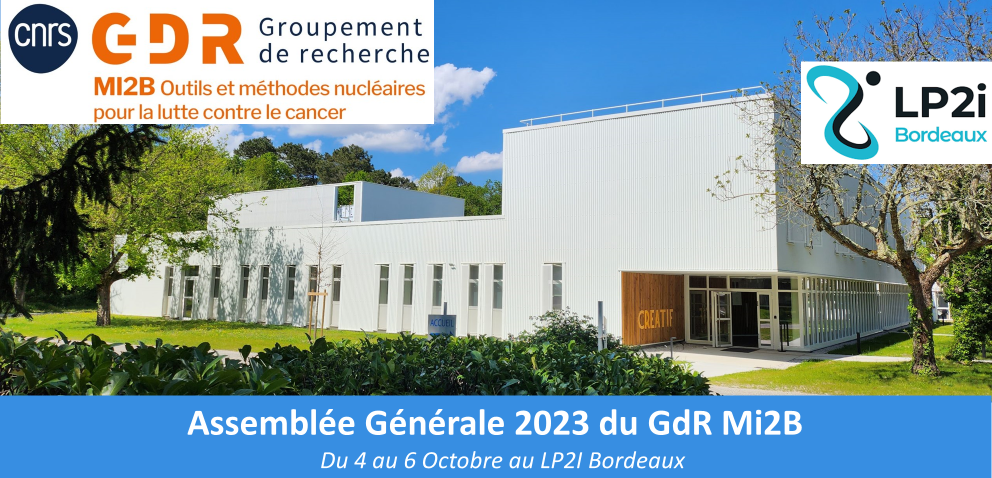Orateur
Description
Targeted Alpha Therapy (TAT) offers a promising approach to treat cancer, particularly micrometastases, by utilizing the short range of alpha particles and their high linear energy transfer. Astatine-211, which belongs to the halogen family also shares chemical properties with Iodine, a radioisotope commonly used for imaging. This similarity enables the use of Iodine as an analogue for biodistribution and dosimetry studies while using 211At for treatment. For these reasons, the production of 211At and the characterization of the contaminants must be studied and optimized. In this study, we used an alpha beam at SPIRAL2, NFS to produce 211At via the reaction 209Bi(α,2n)211At. The production cross-section of 211At increases with increasing alpha energy up to 31 MeV. However, caution must be exercised as 210At production also occurs via the 209Bi(α,3n)210At reaction above 28.6 MeV. 210At decays to 210Po, an alpha-emitting radionuclide with a half-life of 138.3 days and high toxicity. We irradiated 209Bi target at various alpha beam energies between 28 to 31 MeV to measure 210,211At cross-sections and to determine the 210At/211At ratio. We employed gamma spectroscopy using germanium detectors to evaluate the contribution of 210,211At through characteristics gamma rays. The incident particle flux was monitored using a Faraday cup. This flux measurement combined with the number of detected γ-rays allowed to determine the production cross-sections of 210,211At as a function of energy and the results were in good agreement with the literature values. We have also used well-known cross-sections of alpha on Cu from literature to cross-check and improve the accuracy of our flux measurements. Astatine-211 is a promising radionuclide for TAT and needs careful monitoring of unwanted radionuclides. This study was the first step in the evaluation of cross-section to optimize the alpha energy. The next step will be 211At production with a high power target for interdisciplinary studies. This study was financially supported by the REPARE ANR project (Projet-ANR-19-CE31-0013).

